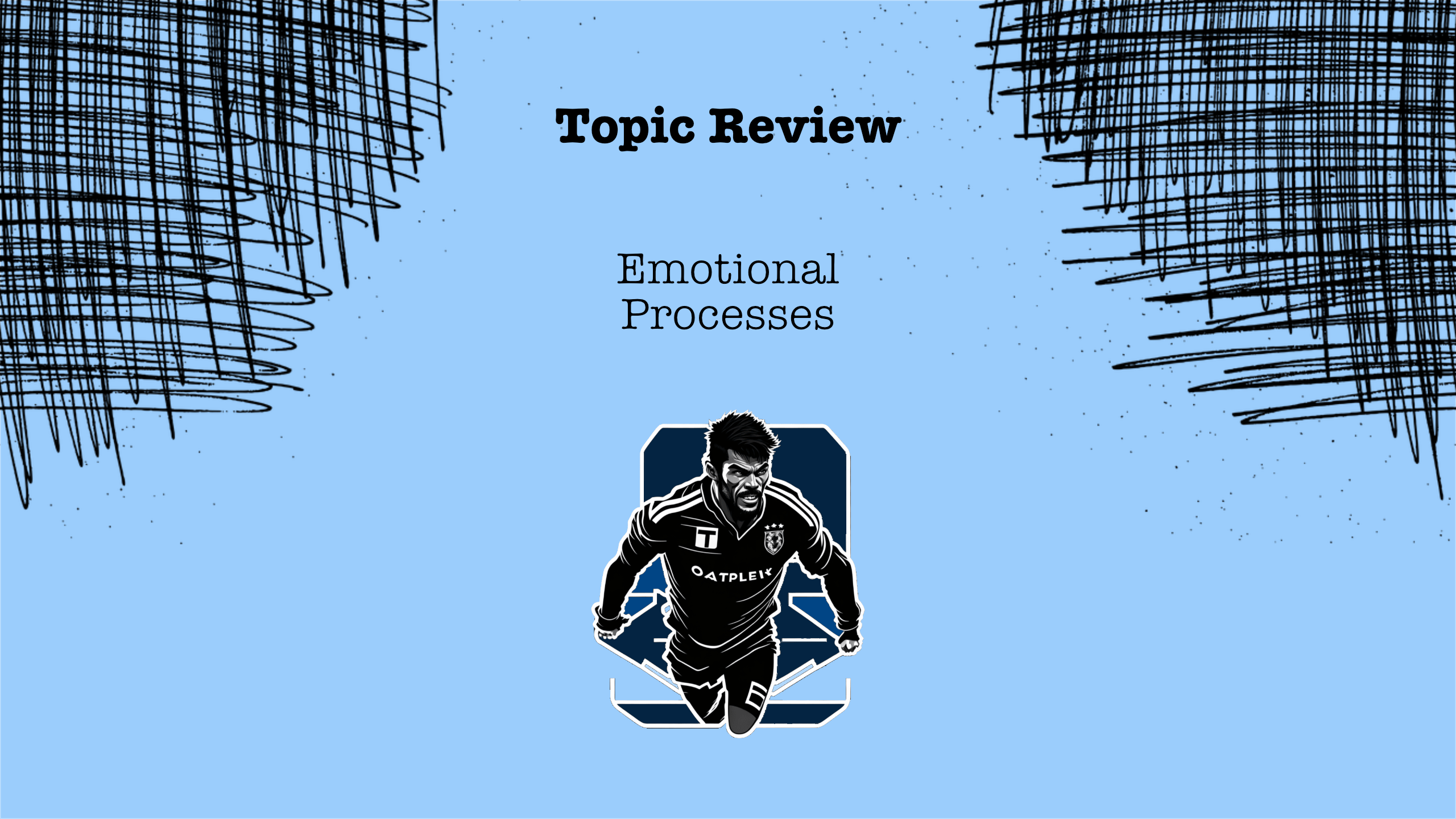Key Ideas
Goals of research of emotional processes: (1) Understand the relationship between emotions & athletic performance; (2) Critically evaluate the advantages and limitations of nomothetic or individual-orientated approaches; (3) Apply individual-oriented methods in the assessment of emotions.
Based on the functional impact of emotion, optimal emotions reflect the availability of resources and effective recruitment and utilization, whereas dysfunctional emotions usually reflect a lack of resources or ineffective recruitment or utilization.
IZOF Model - Individual (the individual is the keyword) Zones of Optimal Functioning.
The IZOF model serves as a framework for qualitative and quantitative analysis of the structure and function of emotional experiences on successful performance.
The IZOF model focuses on describing, predicting, explaining, and regulating performance-related psychosocial states affecting individual and team activity.
Major emphasis is on subjective emotional experiences (emotions, feelings, mood effects), as critical components of such states.
Emotions affect the availability of resources to perform in specific contexts, times & forms.
There are 2 aspects of emotions that the IZOF model considers to affect performance: (1) energizing; (2) organizing;
The conceptualization of emotion content: Emotions are either (1) positive; (2) negative. Both positive and negative emotions can be (1) Optimal; (2) Dysfunctional. Performance indicates which positive/negative emotions are optimal or dysfunctional.
5 dimensions of systems description for performance psycho-biosocial states & emotion-performance relationships: (1) Intensity (energy) co-impacts Content (information) and Time; (2) Time co-impacts Intensity and Context (space); (3) Context co-impacts Time and Content (information); (4) Content (information co-impacts Context (space) and Time; (5) Form co-impacts all the relationships between the other 4 dimensions.
Citations
Performance-related psycho-biosocial state - situational, multimodal, and dynamic manifestations of total human functioning.
Emotional state - situational experiences, reactions & processes.
Emotionality - emotional patterns, dispositions, and/or traits.
Meta-emotion - knowledge, beliefs, preferences of attitudes towards one’s emotional experiences.
Resources matching hypothesis - a concept used to explain the functional impact of emotion upon performance.
External References
Hanin Y. (2007). Emotions in Sport: Current issues and perspectives. In Tenenbaum G. and Eklund R. (Eds.). Handbook of Sport Psychology. Hoboken, NJ: John Wiley and Sons. p. 31-58.
Hanin, Y. (2000). Individual zones of optimal functioning (IZOF) model. In Hanin Y. (Ed.). Emotions in Sport. (Chapter 3). Champaign, IL: Human Kinetics. p. 65-89.
Hanin, Y. (2000). IZOF-based Individualized Emotion-Profiling. In Hanin Y. (Ed.). Emotions in Sport. (Chapter 3). Champaign, IL: Human Kinetics. p. 301-316.
